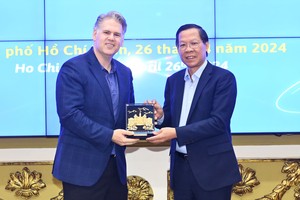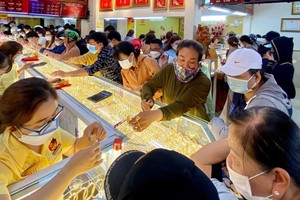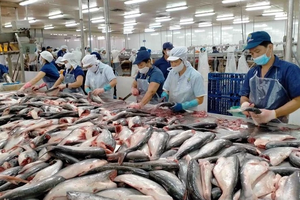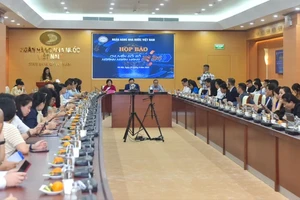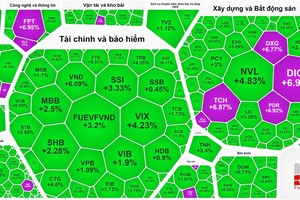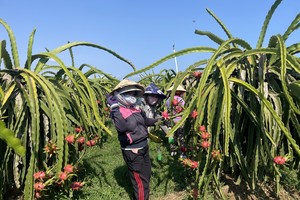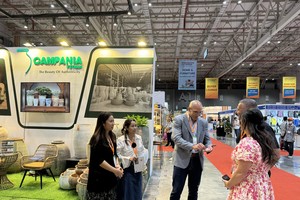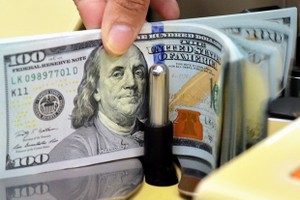
The project would pave the way for HCMC to become a regional shopping and commercial center in Southeast Asia to facilitate global trade, said Director of HIDS Assoc. Prof. Dr. Tran Hoang Ngan.
HCMC has the inherent advantage of being the largest economic, commercial, cultural, medical and educational center in the country, Dr. Ngan added.
More notably, the trade and service sector has seen rapid growth over the year with major breakthroughs and contributed the most (more than 62%) to the GRDP of HCMC.
What’s more, HCMC’s service infrastructure has been through more modernization than any other locality. In terms of the distribution system alone, the city has 236 supermarkets (25% of the country’s total), 45 commercial centers (23%), 237 traditional markets and nearly 2,400 modern retail stores.
In addition, there are 3 wholesale markets providing more than 9,000 tons of produce each day, connecting major agricultural production areas of central and southern provinces, and acting as the hubs for transshipment in HCMC and the whole nation.
However, there are commercial advantages of HCMC that have not been exploited effectively compared to other major cities in the region.
Contributing ideas to the project, Director of HCMC Department of Industry and Trade Bui Ta Hoang Vu said the drafting board should refer to assessment indexes of global organizations on competitiveness to identify the city's own strengths and weaknesses.
HCMC still lacks personality as well as specialized commercial centers for each group of products and services, even though some of the highest quality goods in Vietnam are gathered here, Mr. Vu pointed out.
Although the city is expected to receive about 15 million visitors each year in the near future, it has no full-fledged tourist ecosystem such as a VAT refund center or specialized wholesale, and a very limited number of duty free stores.
General Director of Saigon Co.op Nguyen Anh Duc suggested using market research tools from independent organizations to build a practical roadmap for this crucial project.
The project would require descriptive criteria and guides, showing the process of building shopping centers and what products to sell, as well as specify types of centers based on product and brand’s competitiveness, Mr. Duc noted.
On the other hand, the project needs to integrate programs previously approved by the HCMC People’s Committee such as the wholesale and retail project, planning for commercial system development in HCMC, and logistics associated with the current orientation of Thu Duc city.
Most notably, the project needs to pay equal attention to different forms of business like e-commerce, which is growing rapidly.
According to Dr. Tran Du Lich, a member of the Economic Advisory Group of the Prime Minister, Resolution 20 of the Politburo in 2002 pointed towards building HCMC into a national trade center and eventually a regional financial center. By 2012, this item was reaffirmed in Resolution 16 on HCMC development.
Currently, the Department of Industry and Trade of HCMC is proposing to the City People’s Committee to organize key trade programs to attract tourists and adapt Thailand’s promotional policies, allowing discounts of over 50%.

